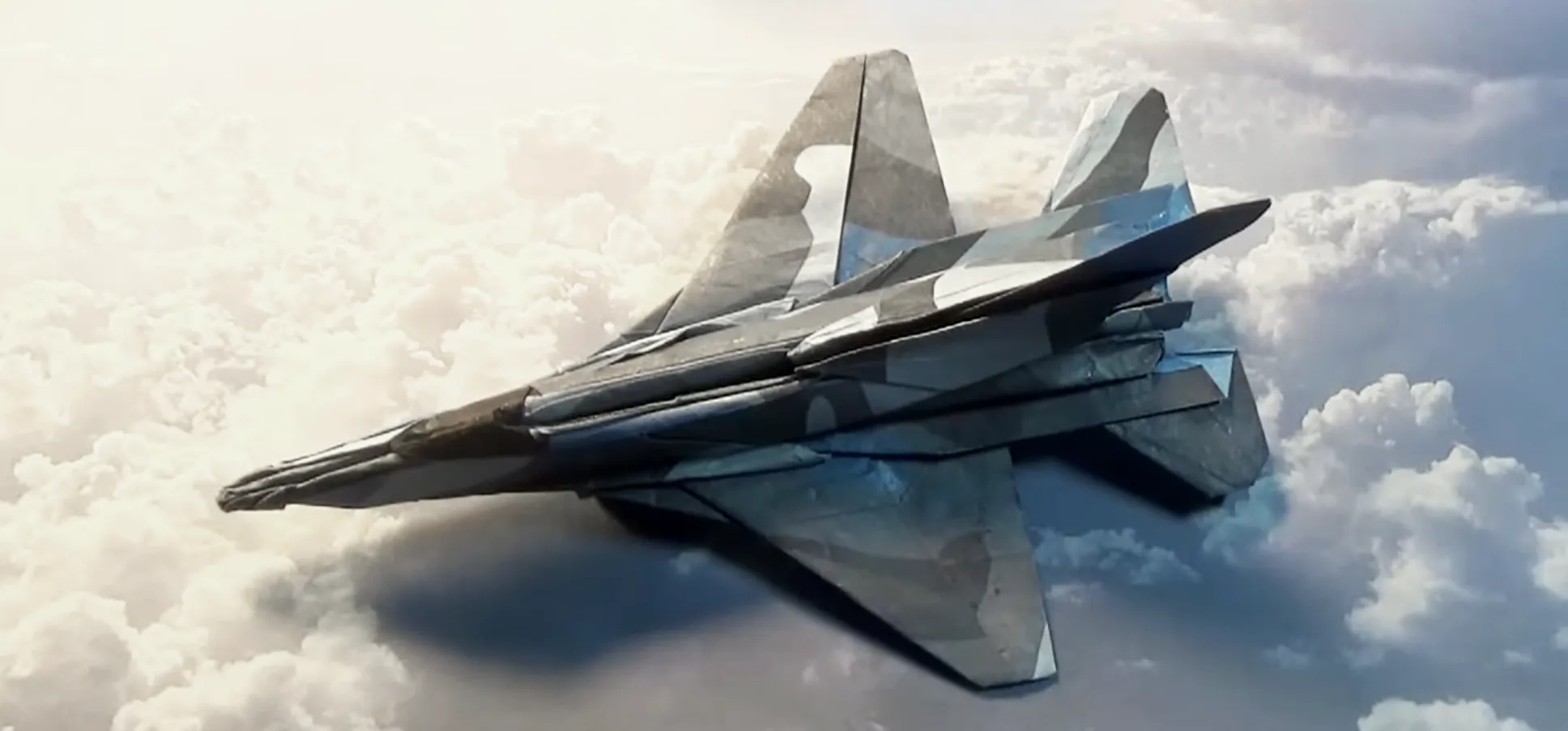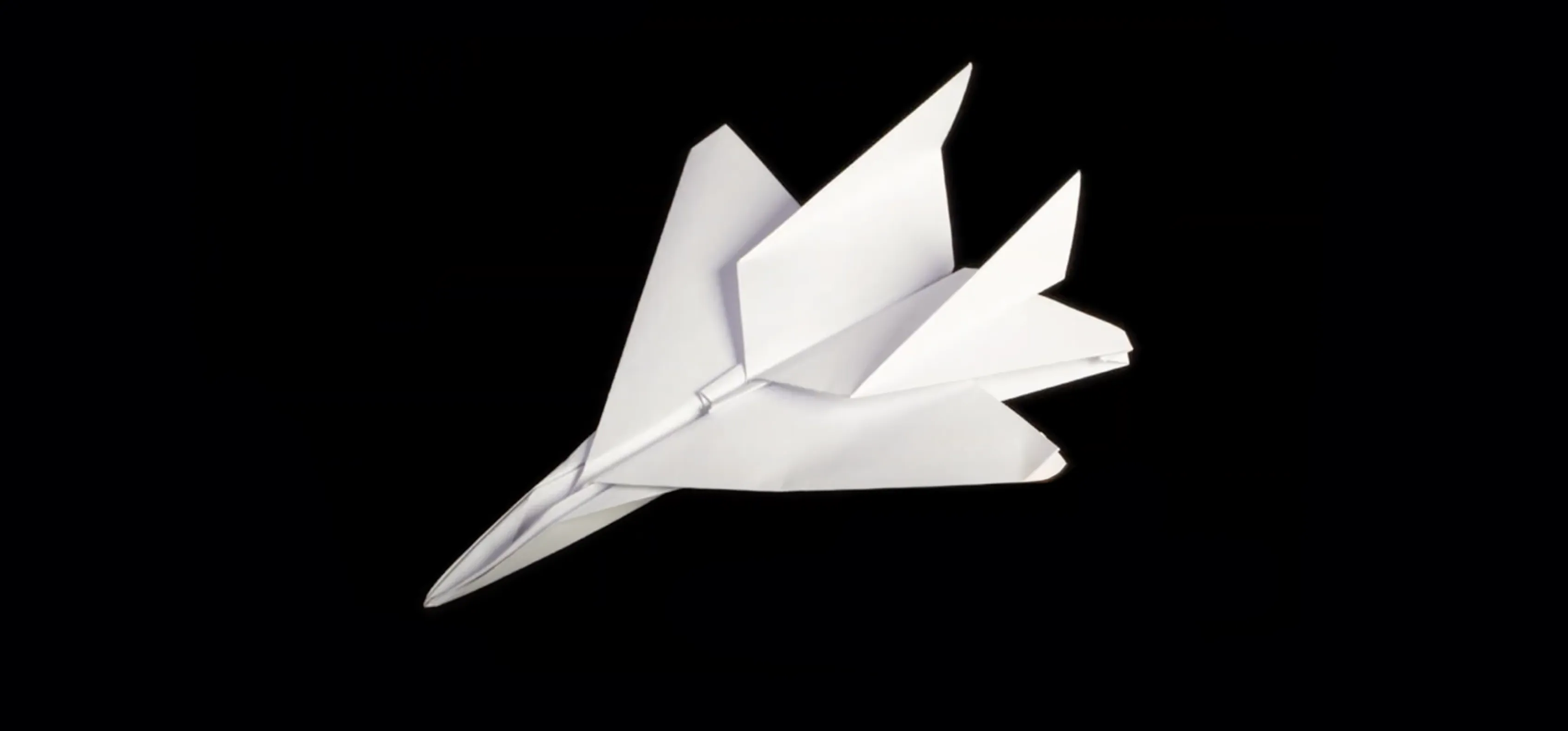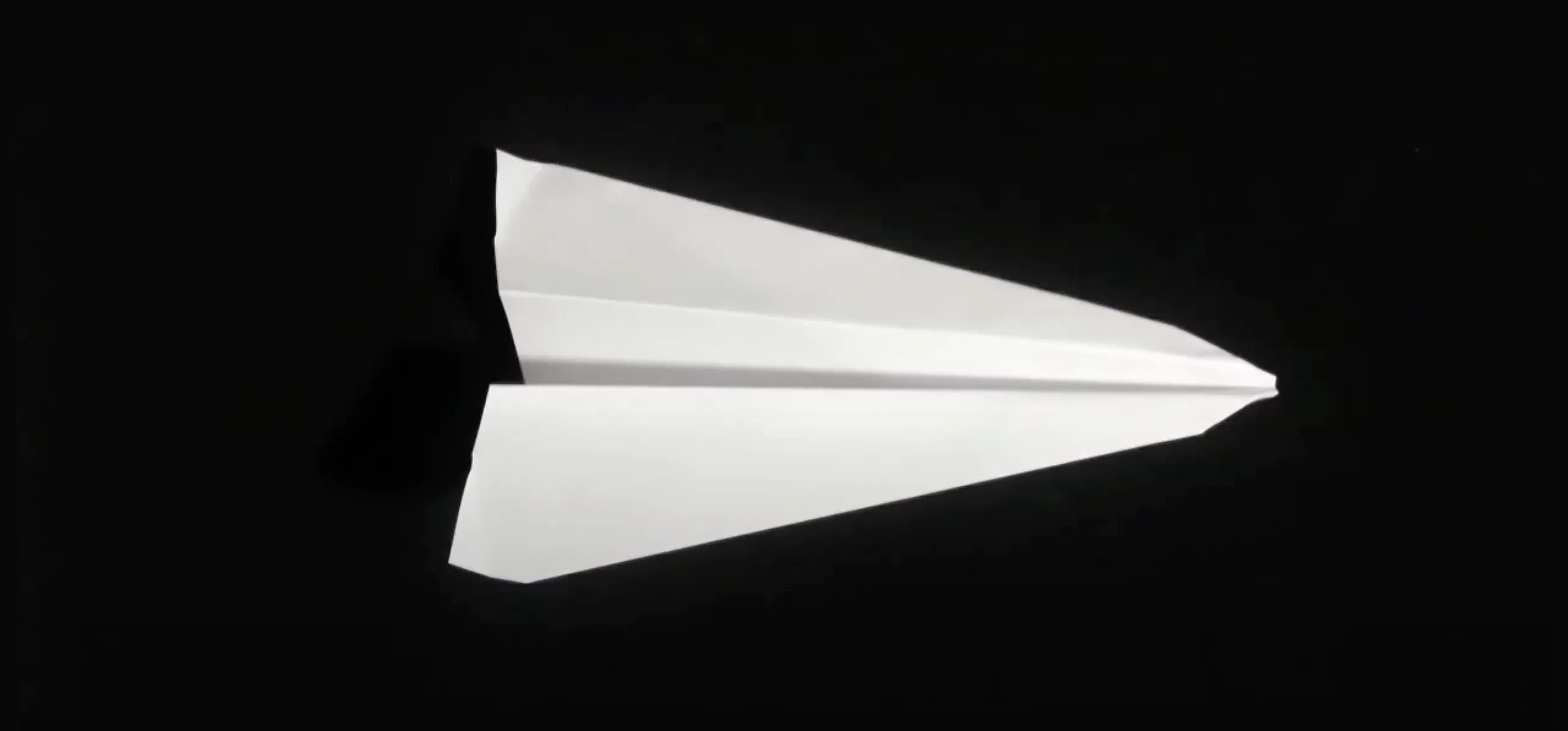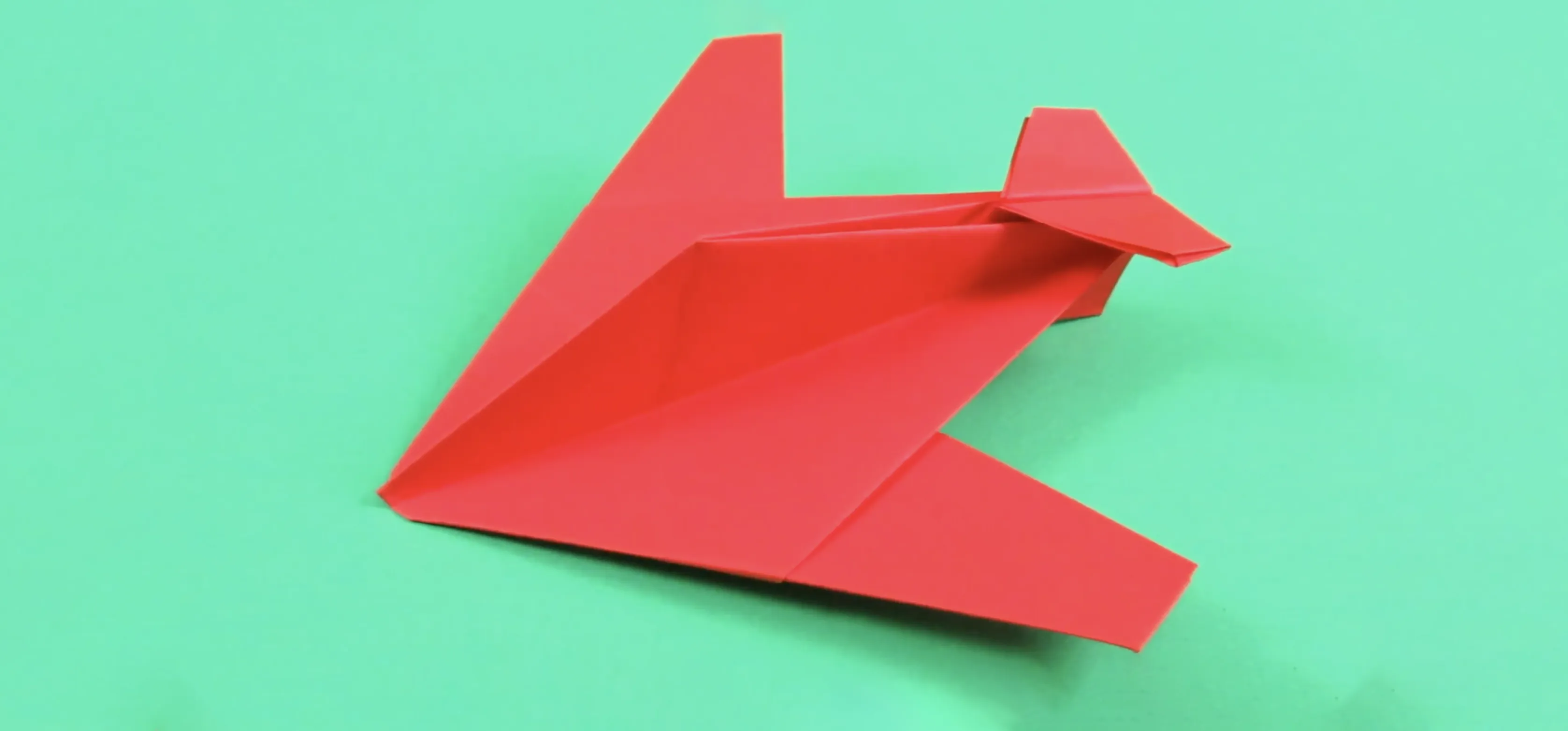This is no ordinary paper airplane — it's a detailed model of the legendary F-16 Fighting Falcon.
Designed with complexity in mind, this foldable fighter jet is best for experienced folders or anyone looking to level up from basic dart planes. The finished model is sleek, accurate, and even flight-capable with the right paper.
In this video tutorial by Jayson Merrill, you'll learn how to fold a paper version of the F-16 step by step. The process involves advanced folds, careful shaping, and a few tricky angles — but the final result is well worth it.
🎥 Watch the full video below to follow along with every fold.
Recommended paper
To get the best results, choose your paper based on your goal:
Practice model: Use a large, durable sheet of 12-inch or 13-inch foil origami paper. This will help you make the folds sharp and accurate.
Flying model: Use an 11×14-inch sheet of 15–20 lb. copy paper. Lightweight and balanced, this version is built for flight.
Avoid thick cardstock — it's too stiff for the complex shaping required.
Folding difficulty
This advanced F-16 model may take 15–30 minutes, depending on your experience. While no cuts are required, some folds demand precision and patience. The tail fins, nose shaping, and wings all mimic the real F-16's iconic design.
Take your time, pause the video as needed, and don't worry if your first try isn't perfect — this model gets better with practice.
Final result
When completed, your paper F-16 will have:
A pointed, aerodynamic nose
Triangular swept-back wings
Vertical and horizontal stabilizers
A shape inspired by real jet fighters
If you used flight-weight paper, toss it gently at a slight upward angle for best performance. If you built a foil version, show it off as a static model — it looks great on a desk or shelf.
























Comments
Be the first, drop a comment!